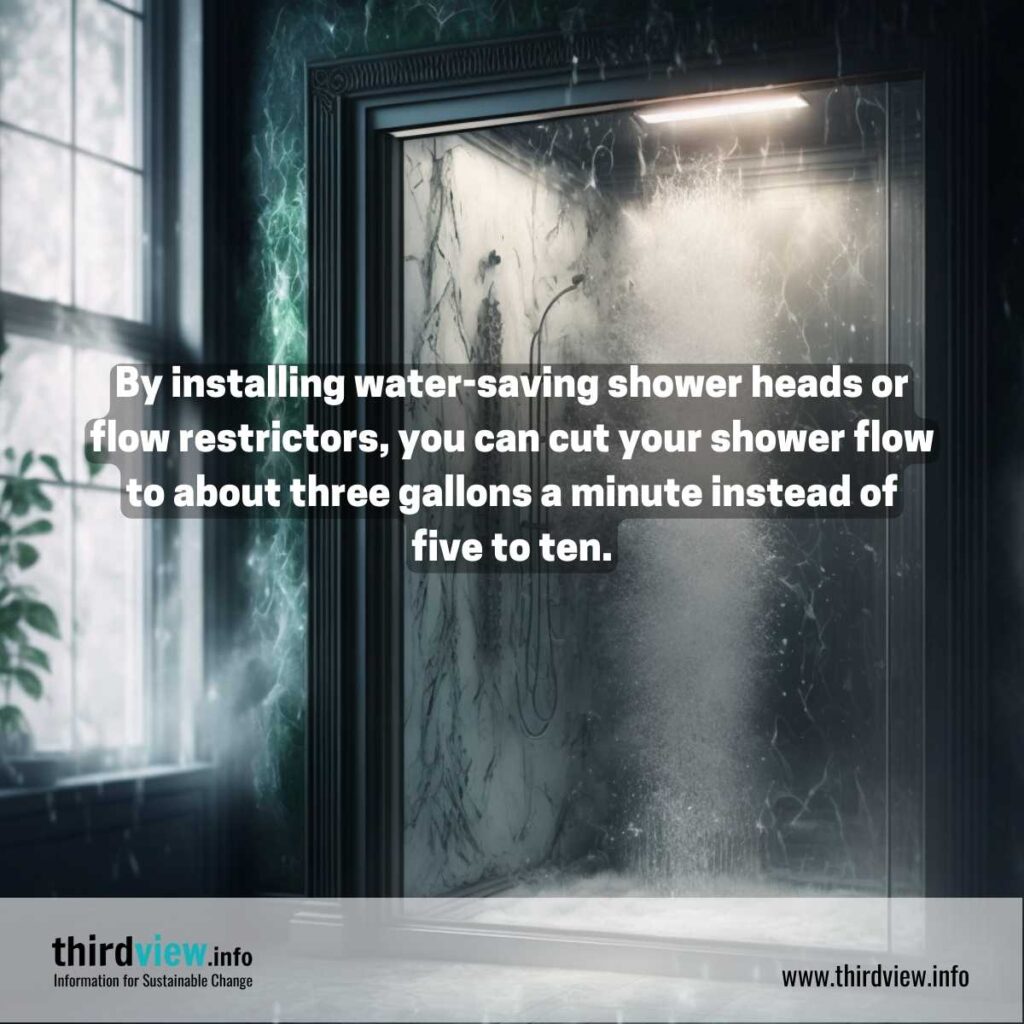Reclaim Waste for Dummies
Unknown Facts About Reclaim Waste
Table of ContentsReclaim Waste Fundamentals ExplainedReclaim Waste Can Be Fun For EveryoneReclaim Waste Fundamentals ExplainedReclaim Waste for DummiesNot known Facts About Reclaim Waste
Check out the types, incidents, and types of fluid waste. Domestic sewer waste refers to the waste and items from a household septic storage tank. This kind of waste is produced by people in houses, colleges, and other buildings. This only includes septic containers that have a drain field. The proper monitoring and disposal of domestic sewage waste call for liquid waste to be transferred to a sewer therapy plant where the proper techniques and tools are put on detoxify and get rid of waste.
Business waste frequently consists of possible risks, such as combustible products or a mixture of liquid and strong waste products, and requires a much more sophisticated and detailed disposal process. The disposal of business waste normally involves the filtration of waste before transportation to make certain safe and proper disposal. Hazardous waste is created from results and overflow of commercial procedures and manufacturing.
This type of waste can not utilize the same sewer administration transportation or procedures as septic or industrial liquids. The industrial waste administration procedure calls for the assessment and screening of fluid waste prior to it goes through the disposal procedure (liquid waste removal). Runoff waste is the liquid waste that comes from overflow and excess stormwater in extremely booming locations or cities
Drainage waste can create contamination and flooding if not managed correctly. Guaranteeing proper waste monitoring can avoid catastrophes and reduce ecological harm.
The Ultimate Guide To Reclaim Waste
Get in touch with PROS Providers today to find out about our waste administration and disposal solutions and the proper ways to take care of the fluid waste you create.
(https://boom-fruit-496.notion.site/Industrial-Wastewater-Treatment-The-Key-to-a-Cleaner-Greener-Future-13c9fdbb2e9380eca32fee3a79088ddf?pvs=4)Do you recognize what occurs to your water when you draw the plug, purge the bathroom or drain pipes the cleaning device? No? Well, it deserves understanding. This so-called 'wastewater' is not just an essential resource but, after therapy, will be released to our land, rivers or the ocean. Made use of water from bathrooms, showers, bathrooms, kitchen sinks, washings and commercial processes is recognized as wastewater.

water made use of to cool machinery or tidy plant and devices). Stormwater, a kind of wastewater, is overflow that streams from agricultural and metropolitan locations such as roofings, parks, gardens, roads, paths and gutters right into stormwater drains, after rain. Stormwater moves without treatment directly to neighborhood creeks or rivers, eventually reaching the sea.
The smart Trick of Reclaim Waste That Nobody is Discussing
In Queensland, many wastewater is treated at sewer therapy plants. Wastewater is carried from residential or commercial websites through a system of sewers and pump stations, called sewage reticulation, to a sewer therapy plant. Neighborhood federal governments build, maintain and operate most sewer therapy plants. Operators are licensed under the Environmental Management Act 1994 to release treated wastewater at an acceptable environmental criterion into rivers.
The Department of Natural Resources recommends local governments about managing, operating and keeping sewage systems and treatment plants. In unsewered locations, local federal governments might call for owners to mount specific or family sewer treatment systems to deal with residential wastewater from bathrooms, cooking areas, bathrooms and washings. The find more information Division of Natural Resources authorises using household systems when they are proven to be effective.
In some new class, treatment of some stormwater to remove clutter, sand and gravel has started making use of gross contaminant traps. Wastewater therapy occurs in 4 phases: Eliminates strong issue.
Wastewater then moves into big storage tanks where solids settle and are gotten rid of as sludge. Oil and residue are skimmed from the surface area. Utilizes small living microorganisms knows as micro-organisms to damage down and eliminate staying liquified wastes and fine fragments. Micro-organisms and wastes are incorporated in the sludge. Removes nitrogen and phosphorus nutrients that can cause algal blossoms in our rivers and intimidate marine life.
The 10-Second Trick For Reclaim Waste
Nutrient removal is not available at all sewer therapy plants due to the fact that it calls for costly specialist equipment. Clear liquid effluent generated after treatment may still include disease-causing micro-organisms - liquid waste disposal melbourne.

This normally indicates wastewater needs to be dealt with or pollutants eliminated prior to it can be released to waterways. Many wastewater flows into the sewage system. Under the Act, city governments provide authorizations and licences for eco appropriate tasks (Periods) entailing wastewater launches that may have a regional impact. The division carries out authorizations and licences to Periods involving wastewater launches that may have a local or statewide influence.
Fascination About Reclaim Waste
Tracking provides valid details about water quality and can verify that permit problems are being fulfilled. The details obtained through tracking offers the basis for making water quality decisions.